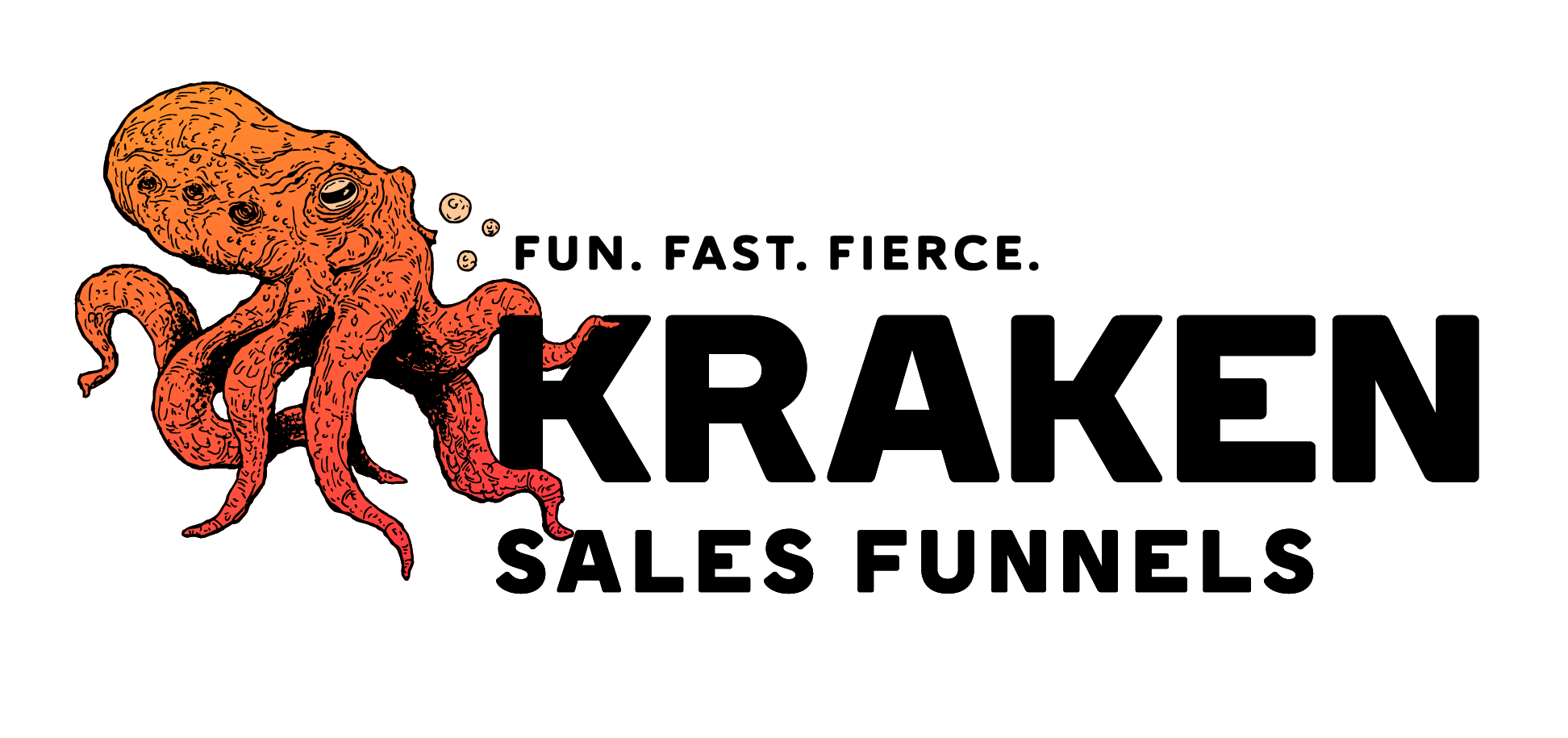People would love to do business with you if they just knew how awesome you were, right?
Getting your name out there — and the services you provide — is the tough part. No company likes to rely solely on the tumultuous whirlpool of social media advertising or the arduous task of cold calling.
That’s why you need to add cold emailing to your winning strategy.
With so many small-to-mid-sized companies doing business online these days, cold emailing continues to be an effective strategy for pulling in new prospects. But there are so many ways to do it wrong. Here’s your guide to doing it right.

15 COLD EMAIL BASICS
1. Keep it simple
A beautiful website helps legitimize your business and bring in new customers, right? Correct, and we could say the same thing about marketing emails.
That’s not the case, though, with cold emails. Simple, plain text emails not only make the call to action clear, but they also help keep your emails from getting mistaken for spam and gobbled up by ravenous inbox filters.
2. Don’t be overly eager
We know you’d love to have a lead book a 15-minute phone call with you after they spend just 30 seconds reading your first cold email. But that’s not how things work in the real world.
With so many spammers and scammers making a living off bombarding people’s inboxes or outright tricking them out of their money, the average person is cautious about scheduling a phone call or clicking on a link in an email — even if they could really use the services your company provides.
An effective cold email establishes trust, acknowledges a lead’s needs, and offers to help before even talking about money.
Make your email look less like a sales pitch. People can smell that from a mile away. Remind yourself: You are a real person looking to connect with another real person. Let your personality shine and be yourself.
3. Cold emails need to be warmed up first
We know that sounds like a contradiction, but sending a cold email without warming up the domain is like trying to start a diesel engine on a chilly winter morning. Your email campaign is going to chug and wheeze as email after email gets blocked by spam filters.
A warmed-up domain lets spam filters know that your emails are legit because they’ve been warmed up properly with time and effort.
4. Use a look-alike domain
Safety is important, and if you do mess up when constructing your cold emails and end up a target of spam filters, you don’t want your primary business domain to be blacklisted. Create a look-alike domain, warm it up, and send your emails from there.
For example, if your business domain is naturalbambootoothbrushes.com, create a naturalbambootoothbrush.com domain instead and send your cold emails from that one.
5. Personalize with custom variables
Nothing catches your attention more than when someone says your name — or, if you’re a business owner, when someone mentions the name of your company.
If you add someone’s name or business name to your cold email (especially in the subject line), statistics show that that person is far more likely to open your email — 26% more likely, according to Campaign Monitor. But who has time to write hundreds (or thousands) of individualized emails? Use custom variables instead to automatically pull names from your leads list.
6. Take it easy
You’ve pulled a stellar leads list and you’ve written the perfect cold email. Avoid the temptation to spray a rapid-fire volley of cold emails out into the world. That can get you labeled as spam and, even worse, encourage your provider to shut your email domain down.
Make sure to set a daily limit for how many emails go out. Increase that limit over time as the domain gradually warms up.

7. Be human; make mistakes
“To err is human,” someone once said.
If you want your cold email to look like it’s being sent by a human — and not a heartless automaton — then make a mistake. Ask your lead to click on a calendar link to set up a 15-minute call but leave out the hyperlink. Then send a follow-up email with the link and an apology for leaving it out.
Not only will that give your lead twice as many chances to click on your email, but it will also make you appear less robotic.
8. But don’t be sloppy
“Hi, john davis ii esq, we’ve been helping companies like PEACEFUL INTERLUDES LLC. FORMERLY KNOWN AS MUSICAL THERAPY SOLUTIONS LLC. handle their bookkeeping needs.”
See a couple problems here? Your prospects list may be riddled with awkward capitalizations, overly formal abbreviations, and company names that weren’t entered in correctly. If you’re automatically pulling in names via custom variables, you’ll end up with emails that look just like that.
Take time to clean up your leads list so your cold emails don’t come across looking like they were generated by an assembly line droid.
9. Don’t violate the law; it’s really, really expensive
Got an extra $43,280 on hand? That’s how much you can be fined for every single email you send out that violates the U.S. government’s CAN-SPAM act. Ouch!
To avoid fines, study the act and make sure that every one of your emails has the following:
- A simple, clear way to opt out of receiving future emails
- A valid physical address for your business
- No deceptive language that contains false or misleading information
10. Be brief
People don’t have time to read your cold emails — especially business owners. If you want to even have a chance of capturing a nugget of their time, keep your emails short.
Experts say that emails should be less than 200 words to be effective, and even as few as 50 words can get your message across without the risk of losing someone’s attention.
11. Don’t be too verbose
First, don’t use fancy words like “verbose.” Emails written at a third-grade reading level have been found to be more effective than emails full of flowery, business-lingo-heavy, or highfalutin language.
Imagine explaining a concept to an 8-year-old in a clear, simple manner with the fewest words possible. Now write your cold email that way.
12. Brag on yourself
If you’re trying to offer services to financial institutions, for instance, mention other financial institutions you’ve worked with. It’ll give you a whole lot more credibility and suggest to them that their company is missing out by not using your services, too.

13. Harness the power of the break-up email
Statistically, you’ll find yourself in this position many times. You’ve sent two, three, four, or more cold emails, but the fish just aren’t biting. Now’s your last chance to get that lead to contact you or reject you forever.
Write a break-up email. Tell your lead that you’re ready to move on but suggest that they’re missing out on something really important — because they are — if they let you slip through their fingers.
14. Employ a multi-pronged approach
Don’t rely solely on cold emails to get you your appointments. Check out leads’ LinkedIn profiles. LinkedIn will notify them when you’ve looked at their page and showed interest in them.
15. Become a tech expert
Let’s be brutally honest here. You can follow all the tips above, but the technical side of running a successful, automated cold email campaign is intimidating enough to send you running to your local print shop so you can start nailing posters to telephone poles instead.
If acronyms like DMARC, SMTP, DKIM, and SPF records make you go cross-eyed, you’re going to need a lot more help than we can give you in a simple blog post. Fortunately, we’re experts in this stuff, and we can do the heavy lifting for you.
Contact our team to see your cold emailing campaign become so much simpler.



